Ditch the Harsh Chemicals: A Pro’s Guide to Cleaning That Actually Works
I’ve spent years in the professional cleaning world, and trust me, I’ve seen it all. From sparkling new builds to delicate historic homes, I’ve cleaned them. Early on, I used the strongest commercial chemicals available. They were fast, sure, but the fumes were awful and my hands paid the price, even through gloves. The real turning point for me was realizing that my clients—especially families with young kids—were getting nervous about the products being used in their homes. They wanted to know if you could get a house truly clean without a bunch of stuff you can’t pronounce. That question sent me down a rabbit hole to figure out what really works.
In this article
So many of us want to go the natural route. You see articles promising that a little vinegar will solve every problem. But honestly, it’s a bit more complicated than that. There’s a huge difference between cleaning, sanitizing, and disinfecting, and knowing that difference is the key to a home that’s not just tidy, but genuinely healthy. This guide is all about what I’ve learned in the field—no hype, just real talk.
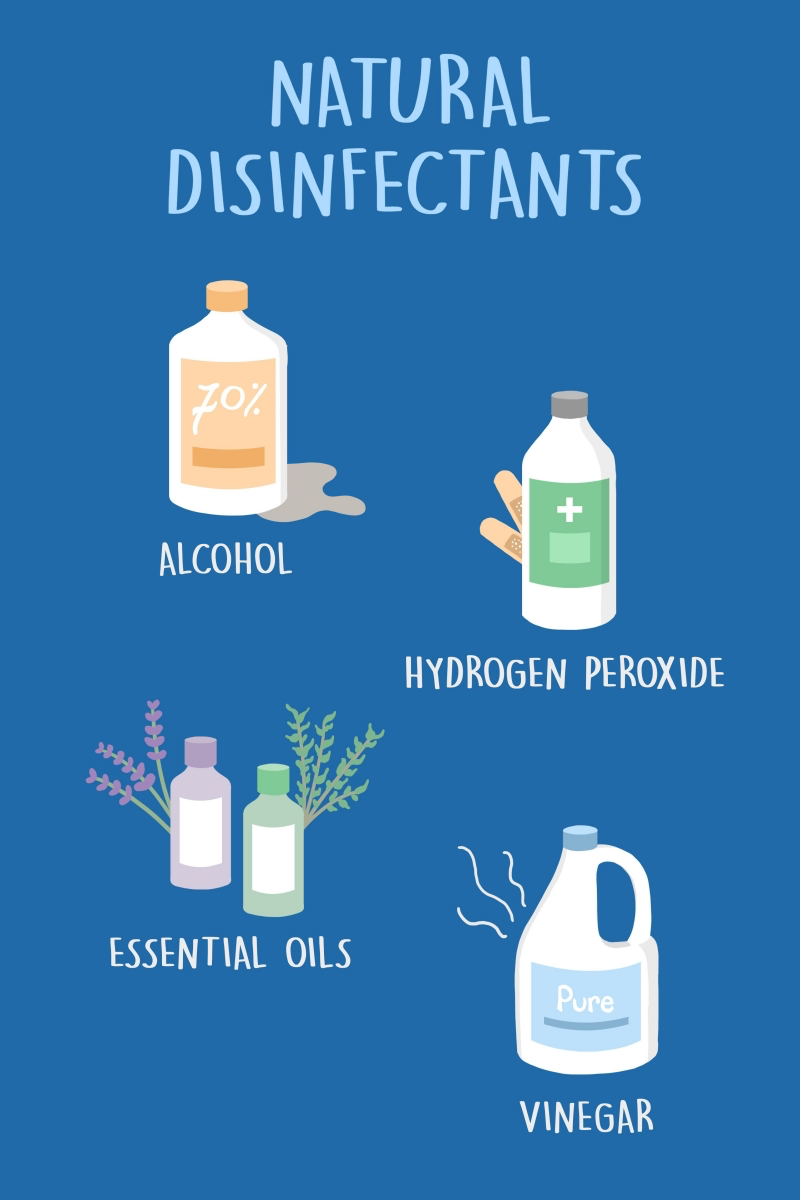
First Things First: Cleaning vs. Sanitizing vs. Disinfecting
Before we even think about grabbing a spray bottle, we need to get our vocabulary straight. In my line of work, these words are not interchangeable, and mixing them up can give you a false sense of security. This is lesson number one for anyone I train.
Cleaning is pretty simple: it’s about physically removing dirt, grime, and germs from a surface. Think soap, water, and a bit of elbow grease. Cleaning doesn’t necessarily kill all the germs, but it gets rid of a whole lot of them, and for most everyday messes, that’s perfectly fine.
Sanitizing is the next level up. It means you’re lowering the number of germs to a level that public health standards consider safe. A sanitizer’s job is to knock out 99.9% of bacteria, fast. This is what you want for food-contact surfaces, like your kitchen counters where you just made a sandwich.
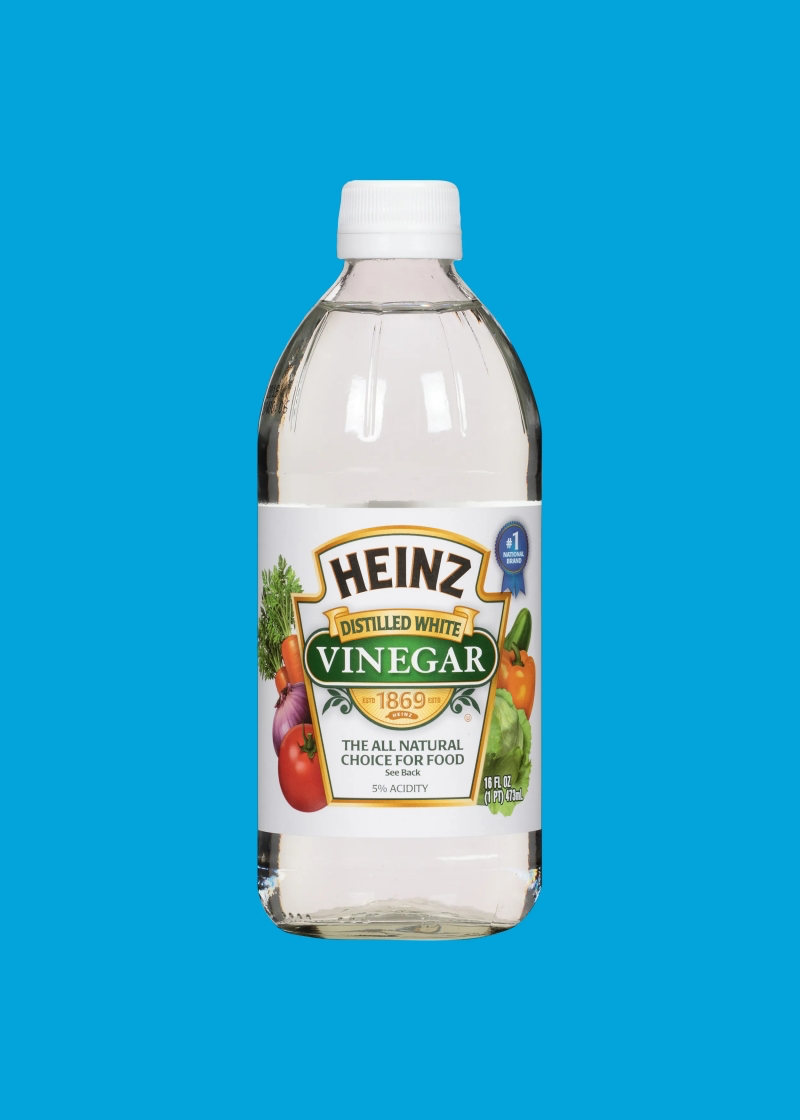
Disinfecting is the heavy hitter. This process kills almost everything—we’re talking 99.999% of germs, including nasty viruses and bacteria. Disinfectants are regulated by the EPA for a reason. You save this for the high-risk jobs, like cleaning the bathroom after the flu has made its rounds or a cutting board that just had raw chicken on it.
Here’s the deal: most natural ingredients are fantastic cleaners. Some can even sanitize. But very few can truly disinfect to the level of an EPA-registered product. Knowing when to use what is everything.
Your Pantry’s Cleaning All-Stars
Let’s take a look at the stuff you probably already have. I’ll give you my professional, no-nonsense take on what they’re good for, how to use them, and—most importantly—where they fall short.
1. White Vinegar (The Acidic Workhorse)
Vinegar is a superstar for a reason. It’s incredibly cheap (a huge jug is usually under $5 at any grocery store) and it’s a beast for certain tasks. The standard white vinegar you buy is a mild acetic acid solution, and that acid is where the magic is.
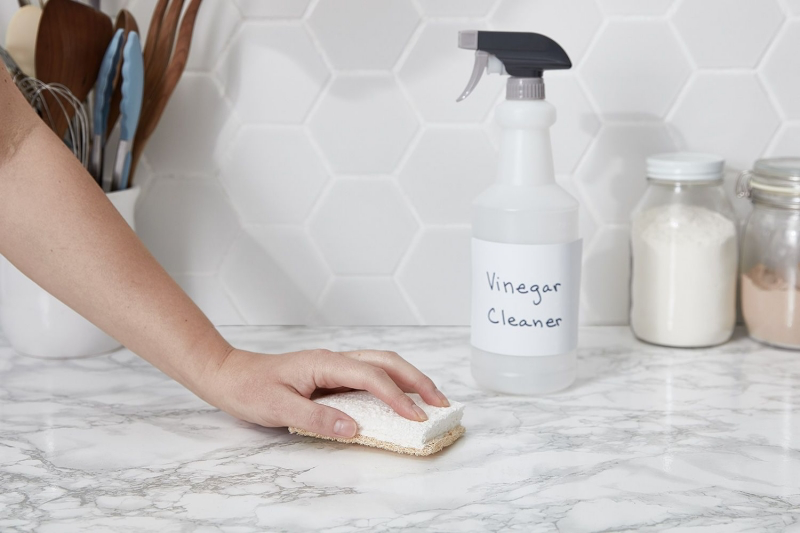
What It’s Really Good For: Vinegar is a master at dissolving mineral deposits. We use it all the time for hard water stains on faucets, soap scum in the shower, and descaling coffee makers. A 50/50 mix of white vinegar and water in a spray bottle is my go-to for streak-free windows and mirrors.
Pro Technique: For a shower door caked in soap scum, don’t just spray and wipe. That’s a waste of energy. Spray the 50/50 solution on generously and let it sit for at least 15 minutes. This is called “dwell time,” and it lets the acid do the hard work for you. After it sits, a light scrub with a non-scratch pad is all you’ll need. By the way, if you can’t stand the salad smell, here’s a great trick: throw a handful of orange or lemon peels into your jug of vinegar and let it infuse for a week. It makes a world of difference.
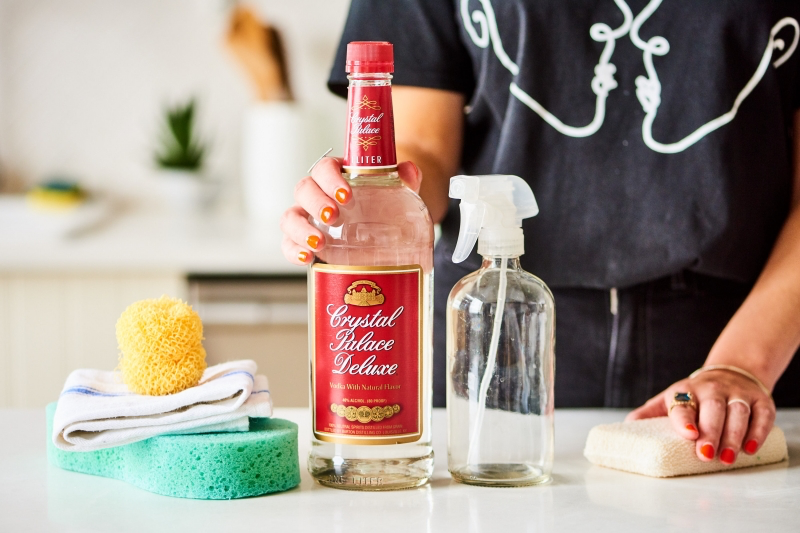
Heads up! Vinegar is NOT an EPA-registered disinfectant. It can handle some germs, but it’s no match for serious pathogens like Staph. I would never, ever rely on it for disinfecting a kitchen after handling raw meat. Also, keep it away from natural stone like marble or granite—the acid will permanently etch and dull the finish. I’ve seen it ruin expensive countertops. And this is critical: NEVER mix vinegar with bleach. It creates toxic chlorine gas. Seriously, don’t do it.
2. Rubbing Alcohol (The Quick Disinfectant)
When we talk about alcohol for cleaning, we mean isopropyl or ethanol alcohol. The 70% isopropyl alcohol you find in the pharmacy aisle for a couple of bucks is perfect. To be effective, you need a concentration of at least 60%, and 70% is the sweet spot.
What It’s Really Good For: Alcohol is an excellent, fast-evaporating disinfectant for hard surfaces. It’s what I use for all the high-touch, grimy spots: light switches, doorknobs, TV remotes, and phones. It’s effective against a ton of different viruses and bacteria.
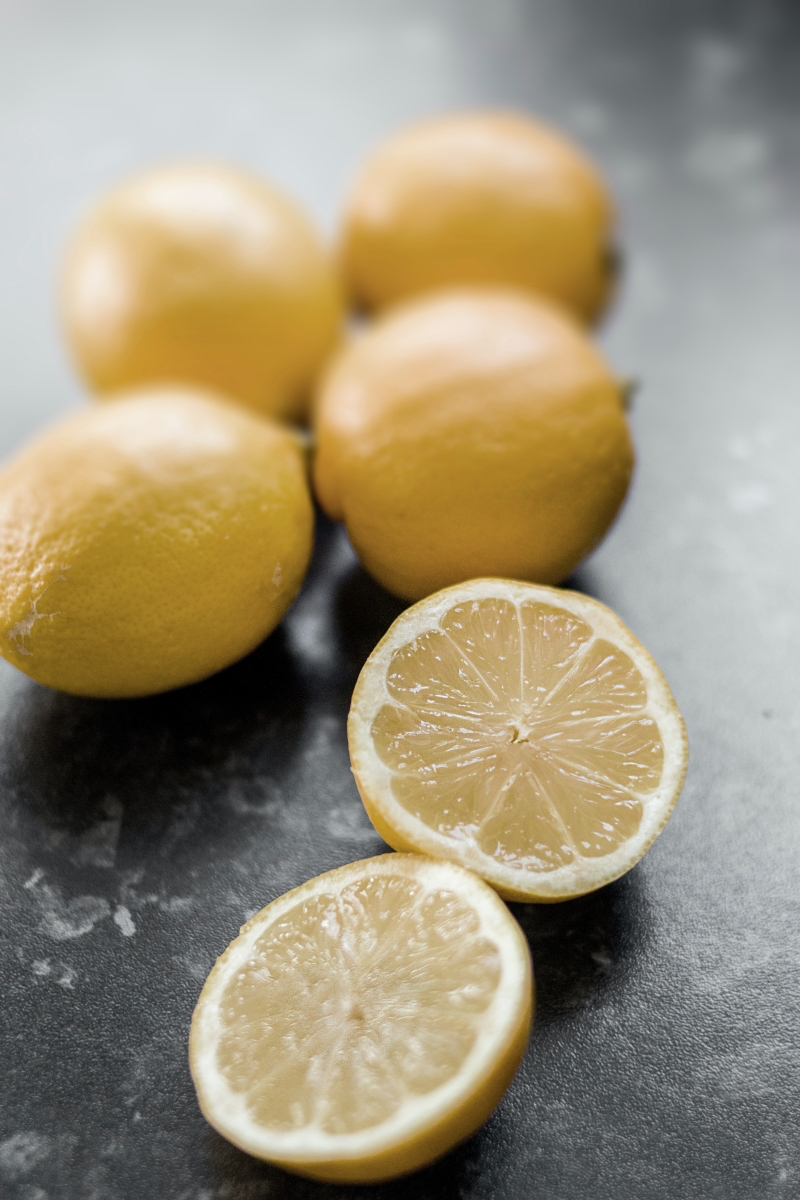
Pro Technique: Contact time is key. Spray the surface until it’s visibly wet and let it sit for at least 30 seconds before it evaporates. That’s how long it needs to do its job. For electronics, never spray directly on the device. Instead, spray a microfiber cloth until it’s damp, then wipe the device down.
Your 30-Second Quick Win: Want to try this right now? Grab that 70% alcohol and a microfiber cloth. Dampen the cloth and wipe down your smartphone and TV remote. You just disinfected two of the germiest things you own. Feels good, right?
Heads up! Alcohol can be damaging to some finishes. It can dry out and crack rubber and strip the finish off certain types of lacquered or varnished wood. If you’re unsure, always test it on a hidden spot first. And it’s flammable, so be smart and don’t use it near an open flame.
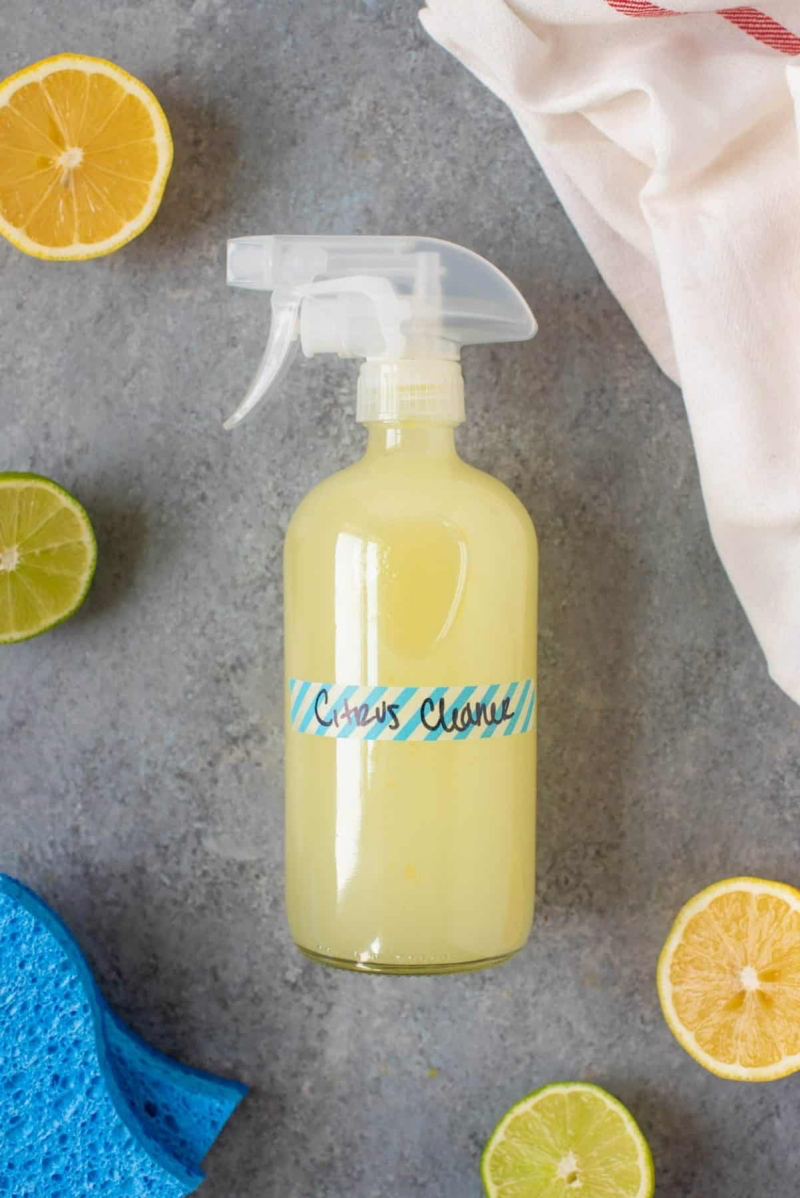
3. Hydrogen Peroxide (The Gentle Powerhouse)
That brown bottle of 3% hydrogen peroxide in your medicine cabinet (which costs about a dollar) is a surprisingly effective and safe disinfectant. It works by oxidizing, which chemically destroys germ cells. It’s much more effective than vinegar for killing germs.
What It’s Really Good For: Hydrogen peroxide is an actual EPA-registered disinfectant. It’s fantastic for disinfecting kitchen counters, killing mold spores on surfaces, and sanitizing cutting boards (after a good wash with soap and water, of course). It also has a mild bleaching effect, making it great for removing stains from white fabrics.
Pro Technique: You can screw a standard spray nozzle right onto the original brown bottle—the dark plastic is important because light breaks peroxide down into plain water. To disinfect, spray a surface and let it bubble and fizz for 5 to 10 minutes. That fizzing means it’s working! For toilets, I spray the inside of the bowl, the entire seat (top and bottom), the handle, and the base. Let it sit and do its thing, then wipe it all down.
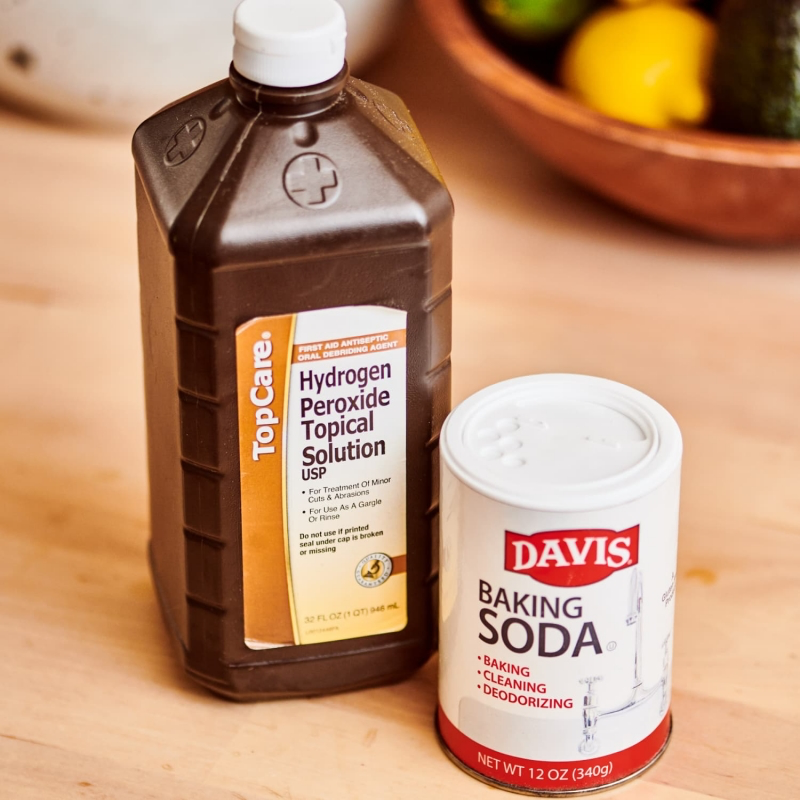
Heads up! Because of its mild bleaching effect, be careful on colored fabrics. And I’ll say it again: chemistry is real. NEVER mix hydrogen peroxide with vinegar. The combination creates peracetic acid, a corrosive substance that’s nasty stuff for your skin, eyes, and lungs. Use them one at a time, or stick to one.
4. Steam (Pure Heat and Pressure)
Steam is one of the best chemical-free ways to clean and sanitize. It’s just superheated water, but that heat is incredibly powerful.
What It’s Really Good For: A quality steam cleaner is amazing for deep cleaning tile and grout, sanitizing sealed hard floors, and killing dust mites and bacteria in upholstery. The focused heat can blast away grime that you’d otherwise spend hours scrubbing.
Pro Technique: To be effective, the steam has to be hot (over 212°F) and you need enough contact time. Listen, those $50 steam mops often just get things wet without reaching a true sanitizing temperature. For real power, you’ll want to look at canister-style cleaners that come with multiple attachments—they are far more versatile. I once saw a homeowner try to “gently” steam their beautiful unsealed hardwood floors. A week later, the boards were warped and buckling. It was an expensive lesson in knowing what not to steam.
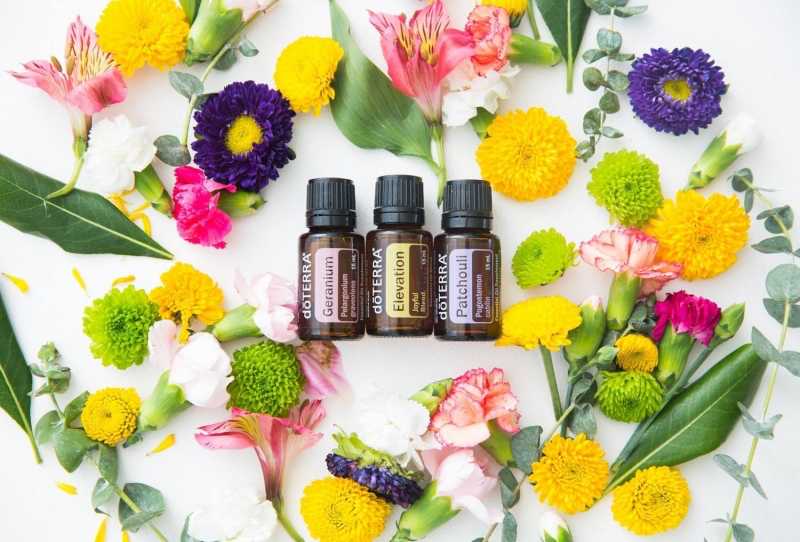
5. Good Ol’ Soap (The Foundation of Clean)
Sometimes, the simplest solution is the best one. Soap and water are the foundation of everything. For most of my general cleaning, I use a simple, vegetable-based liquid soap like Dr. Bronner’s Castile soap.
What It’s Really Good For: Cleaning! Soap’s whole job is to grab onto grease and dirt and lift them away so water can wash them down the drain. It’s the best tool for washing hands, cleaning dishes, and general wiping of counters and floors. Remember, you can’t disinfect a dirty surface. You have to clean it first.
My All-Purpose Spray Recipe: This is what we use for about 80% of our jobs. In a 24-ounce spray bottle, mix one teaspoon of liquid Castile soap with warm water. Shake gently. That’s it. It’s effective, safe for most surfaces (except where you want to avoid water), and leaves no toxic residue. I usually mix a fresh batch every week or two.

When Natural Cleaners Just Aren’t Enough
Part of being a pro is knowing your tools’ limitations. I’m all for using the gentlest method possible, but there are times when your family’s health requires you to bring out an EPA-registered disinfectant.
I always switch to a commercial disinfectant in these situations:
- Raw Meat Scenarios: After preparing raw chicken, fish, or beef, I clean the counters, sink, and cutting board with soap and water, then follow up with a proper disinfectant.
- After Sickness: If someone’s been sick with the flu or a stomach bug, I disinfect all high-touch surfaces—doorknobs, light switches, faucets, remotes, etc.
- Mold Issues: For a tiny spot of surface mold, hydrogen peroxide can work. But for anything larger than your hand, you’re in professional remediation territory. Don’t mess with widespread mold.
- Bodily Fluids: Any surface contaminated with blood or other bodily fluids needs to be disinfected, period.
When you use a commercial product, please read the label! The most important instruction is the contact time—if it says to leave the surface wet for 4 minutes, you need to leave it wet for 4 minutes for it to work.
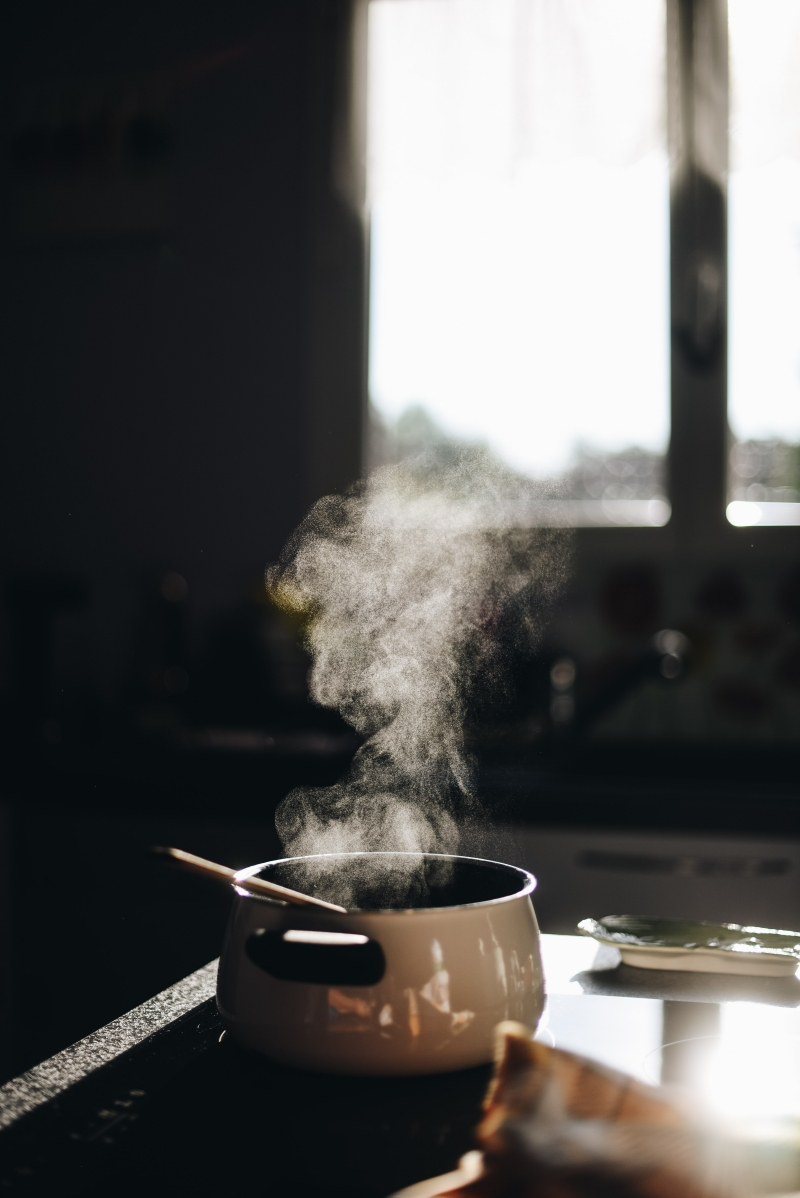
Putting It All Into a Simple Plan
So, how does this look in practice? It’s all about using the right tool for the job without overthinking it.
For Daily Tidying: Use your Castile soap spray for wiping down kitchen counters after meals, cleaning up spills, and wiping the bathroom sink. This is just basic, effective cleaning.
For Weekly Cleaning: Break out the 50/50 vinegar spray for mirrors, windows, and shower doors. Use hydrogen peroxide or alcohol to disinfect high-touch spots like doorknobs and the toilet. Mop floors with a simple soap-based cleaner.
By using this balanced approach, you get the best of both worlds. You drastically reduce your exposure to harsh chemicals for everyday tasks, but you have the knowledge and the tools to handle serious germs when you need to. That, right there, is the secret to a clean and healthy home.
Inspiration:
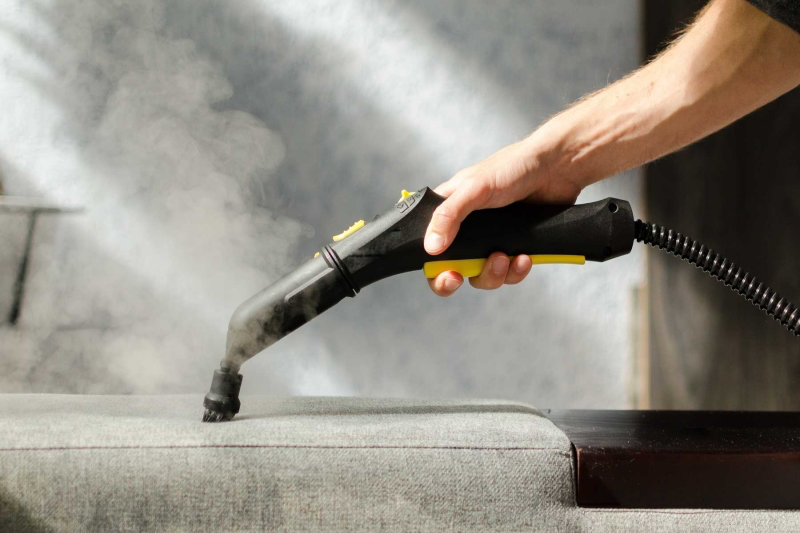
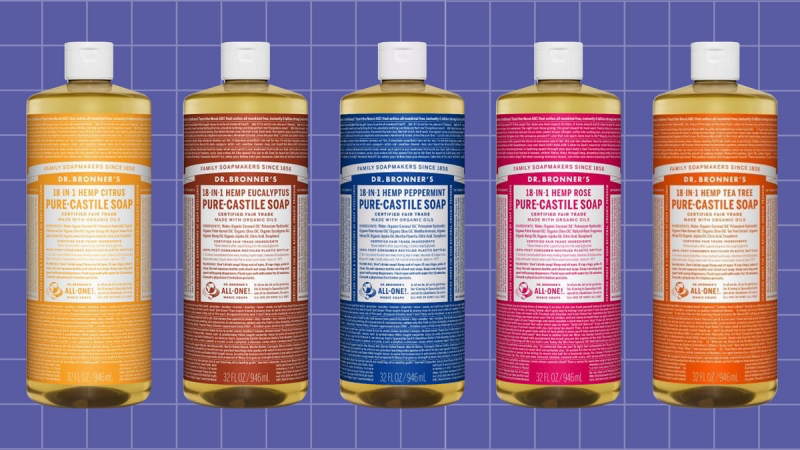
Don’t underestimate the power of your tools. A high-quality microfiber cloth, like those from E-Cloth or Norwex, is a game-changer. Its split fibers are designed to hook onto and trap dust, grime, and over 99% of bacteria using just water. This means you’re physically removing contaminants before you even think about disinfecting, which is the most crucial step in any cleaning routine.
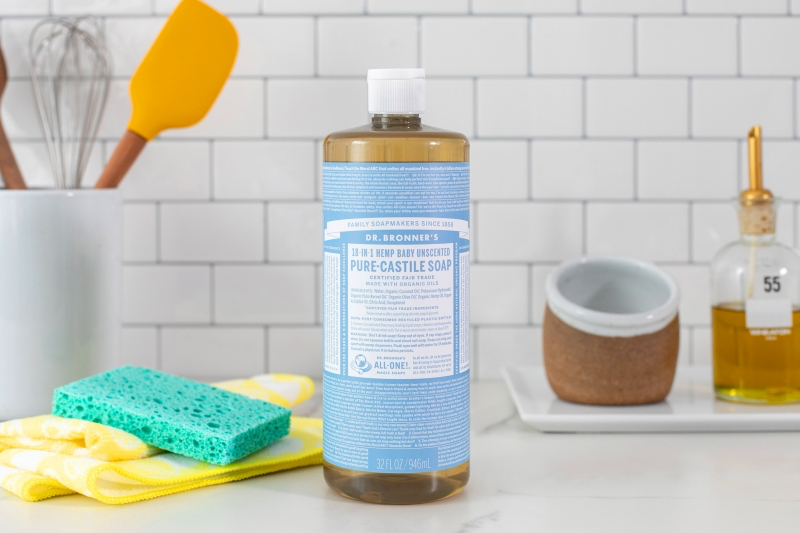
A study published in the Journal of Hospital Infection found that vaporized hydrogen peroxide was a highly effective agent for decontaminating hospital rooms, killing a wide range of pathogens.
While you’re not running a hospital, this highlights the power of a simple, non-toxic substance. For home use, a 3% hydrogen peroxide solution is a fantastic disinfectant for kitchen sinks, toilets, and stained grout. Simply spray it on, let it bubble and sit for 5-10 minutes to do its work, then wipe clean. Always store it in its original dark bottle to protect it from light, which degrades its effectiveness.
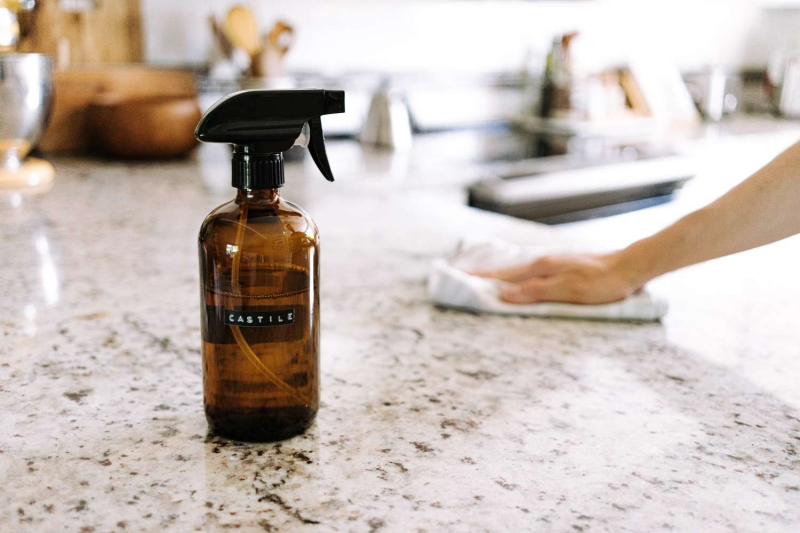
Is white vinegar the magical all-purpose cleaner it’s made out to be?
Not quite. While it’s a brilliant mild acid for cutting through soap scum and mineral deposits on glass or ceramic, it can be destructive on other surfaces. Never use vinegar on natural stone like granite or marble, as the acid will etch and dull the surface over time. It’s also a bad idea for waxed or unsealed wood floors, as it can strip the finish and damage the wood itself. Know your material before you spray!
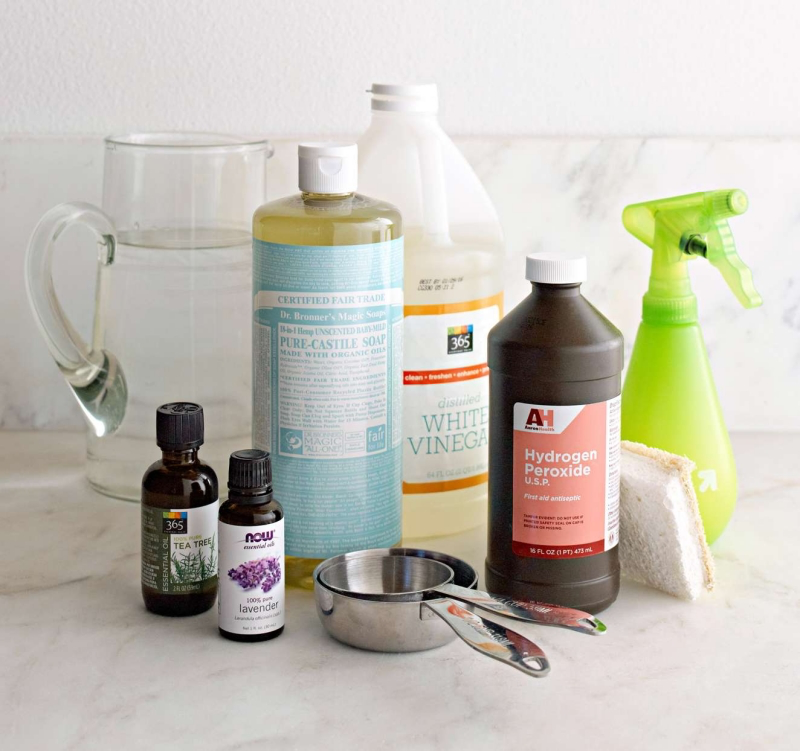
Ready for a simple, all-purpose cleaner that actually works and smells amazing? This is my go-to for countertops, sinks, and general wipedowns.
- 1 ½ cups distilled water
- ½ cup white vinegar (or rubbing alcohol for a stone-safe version)
- 1 teaspoon of unscented castile soap, like Dr. Bronner’s
- 10 drops of Lemon essential oil (a natural degreaser)
- 5 drops of Tea Tree oil (for its antibacterial properties)
Combine in a glass spray bottle and shake gently before each use. The castile soap provides the cleaning muscle, while the essential oils add power and a fresh scent without synthetic fragrances.
For Tough Grease: A paste made from baking soda and a few drops of Sal Suds from Dr. Bronner’s is a powerful, biodegradable degreaser. Apply it to stovetops or greasy pans, let it sit for 15 minutes, and scrub away with a non-scratch pad.
For Polishing Wood: Forget aerosol polishes. A simple mix of one part olive oil to one part lemon juice, applied sparingly with a soft cloth, will clean, shine, and condition wood furniture beautifully.










